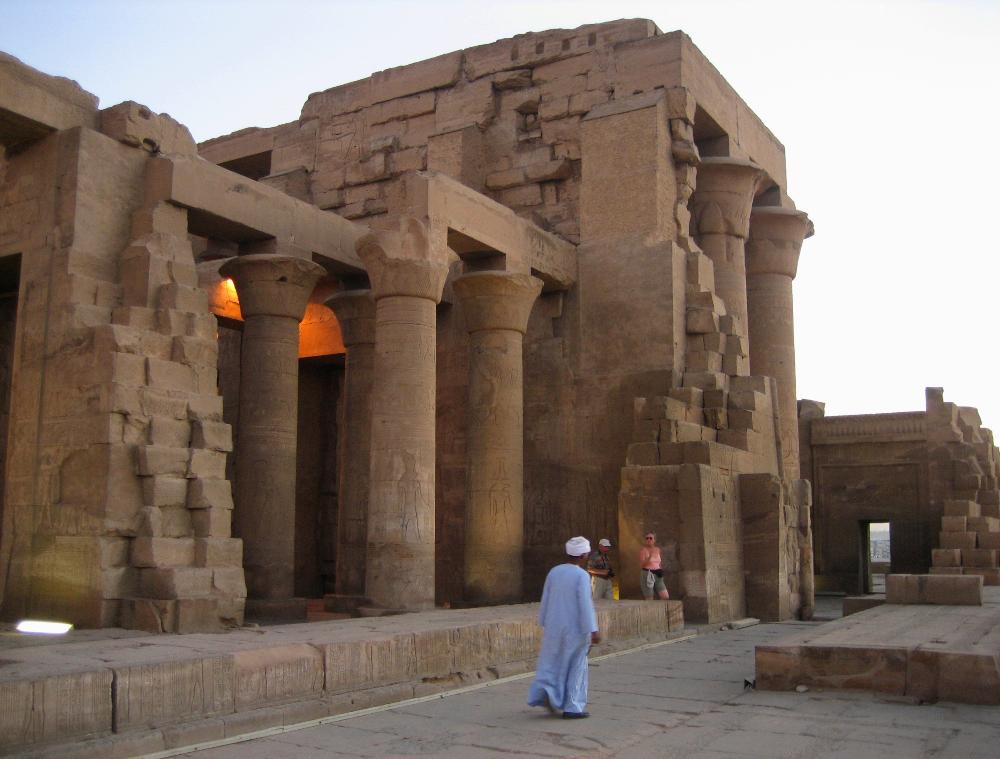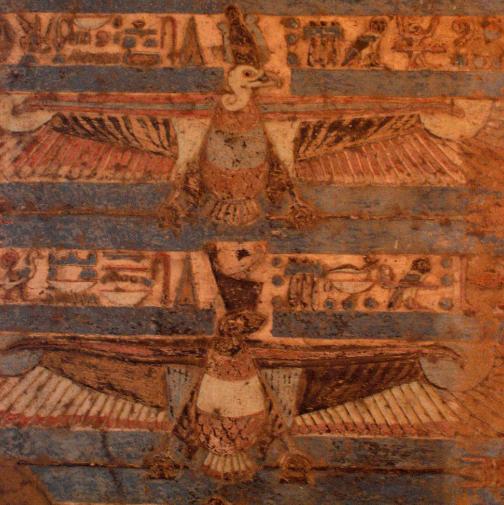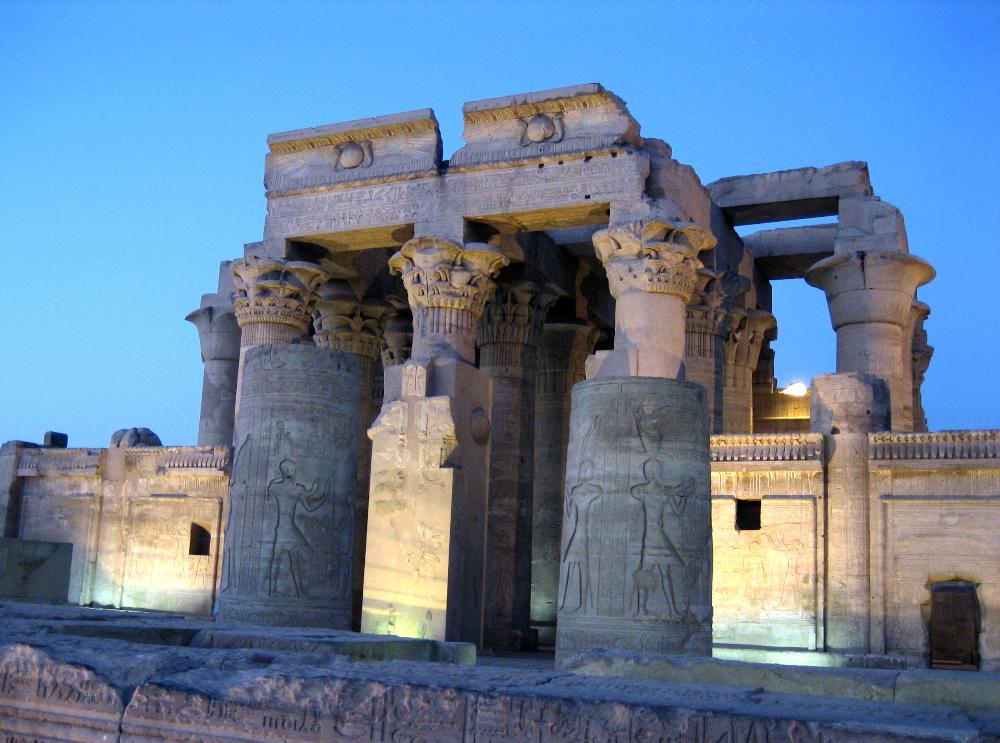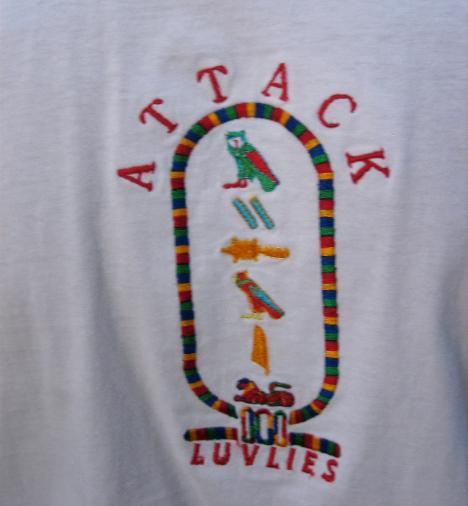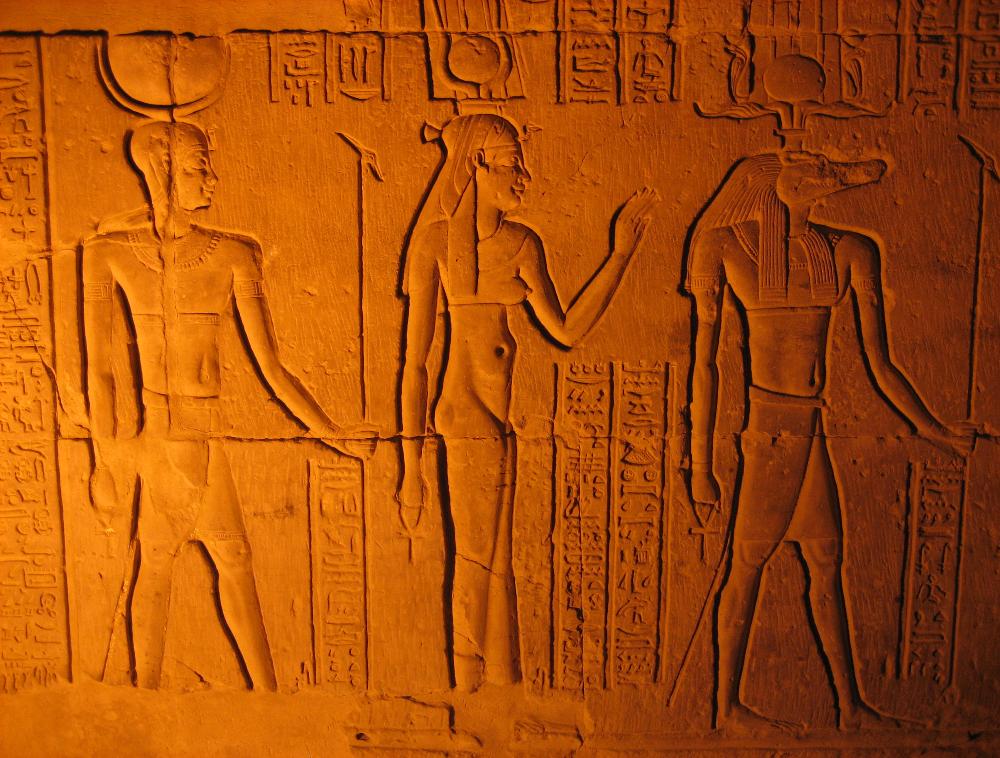

Where We Be
| Lesser-seen back side of the temple, emptying of people as the day wanes |
| Kom Ombo Temple, Egypt |
We visit Kom Ombo in the late afternoon. The
sun is setting and it's cooler out, so it's a nice
time of day to go exploring. This temple, like
the one at Edfu, was built recently by Egyptian
standards, during the reign of the Greeks and
Romans. It's now open-air and quite lovely.
When darkness falls, Kom Ombo is bathed in
soft artificial light, making it even more lovely.
Half the temple is dedicated to the crocodile
god Sobek and the other half to Horus. In
ancient times, thousands of crocodiles used to
live on a nearby island and prey on the people.
By dedicating a temple to Sobek, the priests
hoped to appease the god. On a more practical
note, it allowed them to oversee the ritual
sacrifice of hundreds of crocodiles, thus
reducing their threat while demonstrating the
effectiveness of the temple. Since the building
of Aswan Dam, there are no more crocodiles
left north of the dam (except for a frighteningly
large mummified one in a side temple here).
Michael tells us how the priests would once
call up from a deep well, pretending to be an
oracle in order to influence the pharaoh’s
decisions. “Build me yet another temple,” they
would say -- at least according to Michael.
sun is setting and it's cooler out, so it's a nice
time of day to go exploring. This temple, like
the one at Edfu, was built recently by Egyptian
standards, during the reign of the Greeks and
Romans. It's now open-air and quite lovely.
When darkness falls, Kom Ombo is bathed in
soft artificial light, making it even more lovely.
Half the temple is dedicated to the crocodile
god Sobek and the other half to Horus. In
ancient times, thousands of crocodiles used to
live on a nearby island and prey on the people.
By dedicating a temple to Sobek, the priests
hoped to appease the god. On a more practical
note, it allowed them to oversee the ritual
sacrifice of hundreds of crocodiles, thus
reducing their threat while demonstrating the
effectiveness of the temple. Since the building
of Aswan Dam, there are no more crocodiles
left north of the dam (except for a frighteningly
large mummified one in a side temple here).
Michael tells us how the priests would once
call up from a deep well, pretending to be an
oracle in order to influence the pharaoh’s
decisions. “Build me yet another temple,” they
would say -- at least according to Michael.
| Our guide wears his T-shirt cartouche with pride. He calls us "Luvlies" and tells us to attack when he wants us to move fast and beat the crowds! |
| The Temple of Kom Ombo is relatively small but oh-so-picturesque in its ruined splendor |
| This row of life-size vultures on the ceiling is still colorful after thousands of years |
| Knee-caps, belly buttons, and exposed breasts all suggest a temple built by Roman rather than Egyptian carvers |
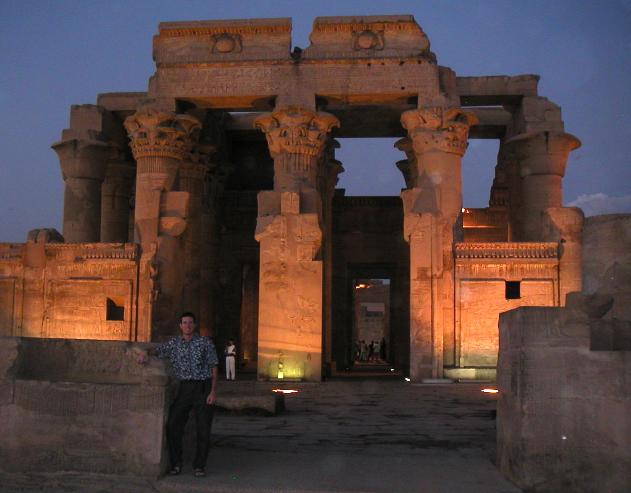
| Temple of Kom Ombo softly lit up at night |
